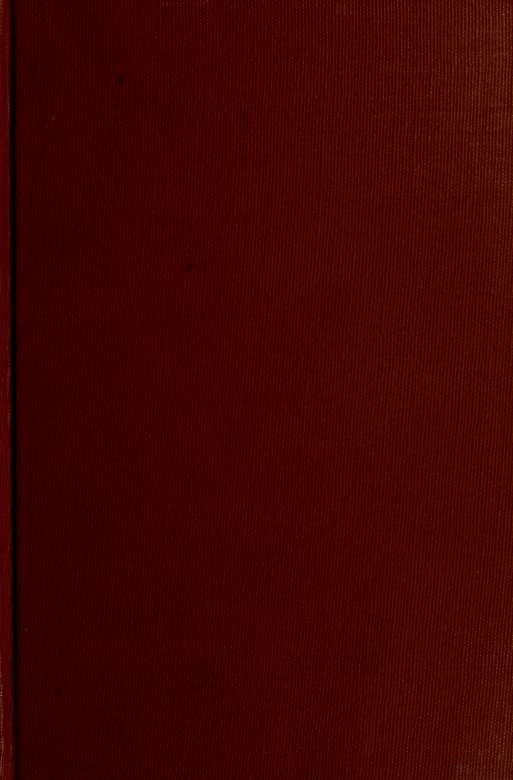Weaving; a practical guide to the mechanical construction, operation, and care of weaving machinery, and all details of the mechanical processes involved in weaving by American School of Correspondence & Nelson H. William (Hector William) b. 1869

Author:American School of Correspondence & Nelson, H. William (Hector William), b. 1869
Language: eng
Format: epub
Tags: Weaving
Publisher: Chicago, American School of Correspondence
Published: 1909-03-25T05:00:00+00:00
of the cloth has been found to be amply sufficient. Smashes occur contmually if the amount of space allowed is insufficient, even though the motion acts, and the cloth produced has defects in the form of thick places caused by the ffiling being beaten in too closely at the point where the shuttle comes to rest. The diagram at Fig. 104 shows the various positions. At A the position in Aveaving; B, when the loom has banged off and the shuttle is pressed forward until the protection acts ; C, when the space allowed is insufficient and the yarn is tightened excessively. A third method of setting the device is to have the dagger in contact with the receiver when the crank shaft is slightly forward of the bottom center.
The other form of protection device is represented at Fig. 105. This form of device is in more general use than the one previously described both for single and multiple box looms, and is undoubtedly the better of the two. It is more easily fixed, does not require so much spring on protection rod, has fewer pieces, requires less power to drive the shuttle, and is used in connec-Fig. 104. ^^Qj^ with the front binder which is decidedly the most preferable form of binder. As illustrated, the various pieces are: A, the shuttle boxes; B, the protection finger; C, the dagger; D, the receiver; E, the protection spring; and F, the protection rod. The rod is held in close contact with the lower front of the lay sole, and the fingers, B, B, press against the bmder or binder frame. Some makes of looms have only a binder forming the front of the box, while others have a wood front with an adjustable bmder attached to the binder frame and fitted mto an oblong slot cut in the wood front. Daggers vary in length for this form of device also, being from 4" to 4|" long on a narrow loom, and correspondingly longer for broader looms because of the longer SAveep of the lay. They are also made longer for narrow looms intended for very heavy weaving.
This form of motion is set similarly to the frog motion. To set the fingers, draw the lay forward until the dagger is well into the hollow of the receiver and fix one finger. Then insert a piece of cardboard about -gL." thick betw^een the finger and the binder, and fix the other finger in contact with the other binder.
170
Download
This site does not store any files on its server. We only index and link to content provided by other sites. Please contact the content providers to delete copyright contents if any and email us, we'll remove relevant links or contents immediately.
The Vikings: Conquering England, France, and Ireland by Wernick Robert(79219)
Ali Pasha, Lion of Ioannina by Eugenia Russell & Eugenia Russell(39937)
The Vikings: Discoverers of a New World by Wernick Robert(36830)
The Conquerors (The Winning of America Series Book 3) by Eckert Allan W(36715)
Cecilia; Or, Memoirs of an Heiress — Volume 1 by Fanny Burney(32090)
Cecilia; Or, Memoirs of an Heiress — Volume 3 by Fanny Burney(31480)
Cecilia; Or, Memoirs of an Heiress — Volume 2 by Fanny Burney(31434)
Empire of the Sikhs by Patwant Singh(22779)
Hans Sturm: A Soldier's Odyssey on the Eastern Front by Gordon Williamson(18340)
The Secret History by Donna Tartt(18261)
Cat's cradle by Kurt Vonnegut(14803)
Sapiens: A Brief History of Humankind by Yuval Noah Harari(14005)
Pimp by Iceberg Slim(13826)
Talking to Strangers by Malcolm Gladwell(12912)
Norse Mythology by Gaiman Neil(12878)
Leonardo da Vinci by Walter Isaacson(12831)
Underground: A Human History of the Worlds Beneath Our Feet by Will Hunt(11857)
4 3 2 1: A Novel by Paul Auster(11840)
The Radium Girls by Kate Moore(11648)
